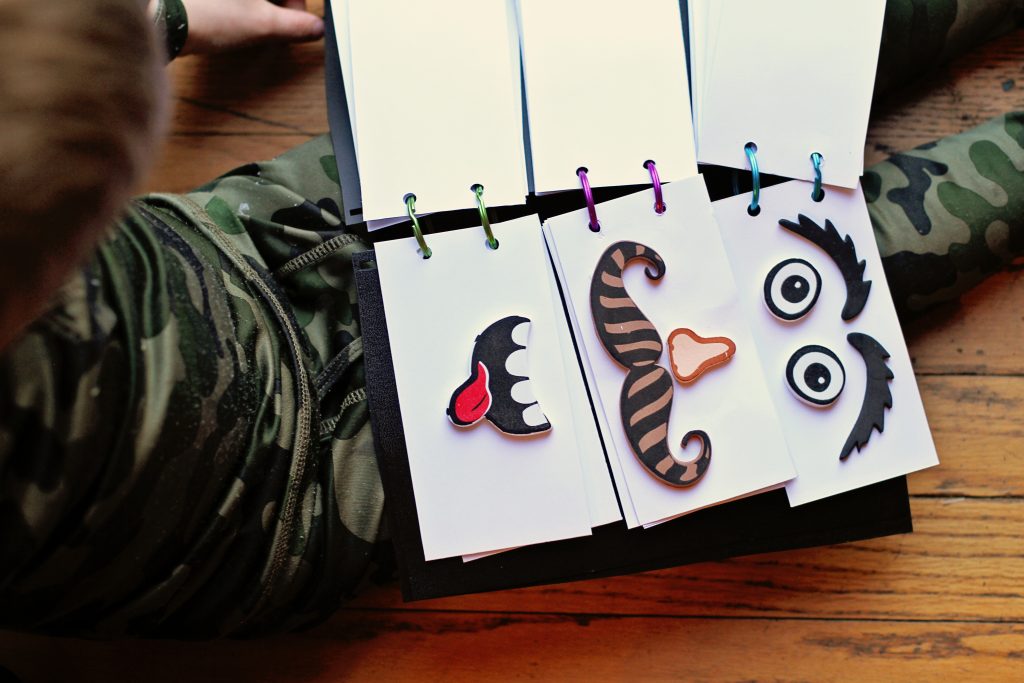

The oldest known documentation of the flip book appeared on 18 March 1868, when it was patented by John Barnes Linnett under the name Kineograph ("moving picture"). The necessary notion of instances smaller than a second would not really develop before the nineteenth century. The illustrations in Sigenot are consistently framed and have short intervals between different phases of action, but the images cannot produce the illusion of a fluent motion. There are some medieval illuminated books with sequential images, such as Sigenot (circa 1470). It allows to use CSS3 and JavaScript, create navigation, use hover effects and much more.It has sometimes been assumed that the relatively simple flip book has been around since long before the invention of the more complicated nineteenth-century animation devices such as the phenakistiscope (1832) and the zoetrope (1866), but no conclusive evidence has been found. Supporting HTML opens wide abilities for creating interactive books. WebGL is a API for creating interactive 3D graphics without using plugins. When the turn is finished the turned block merges with neighbour block.įor fast rendering 3D graphics 3D FlipBook uses WebGL. The plugin has no problem with more than 50 simultaneously flipping blocks.

There can be more blocks just when the flipping animation is performing. If the book is opened there can be two blocks for left and right internal pages. The first is left cover, the second is right cover and third is internal pages. So if the book is closed then there are 2 or 3 blocks. The plugin performance does not depend on number of pages because it does not manage single pages.ģD FlipBook works with blocks of pages, it allows to keep in memory just visible for user pages. It is important options for reading long texts. User can change brightening to do it appropriate for him. The plugin supports search in PDFs, fullscreen mode and brightening settings. It is possible to customize amount of pages to predict and quantity of used by user pages for predicting his behaviour. First of all it loads visible for user pages then predicted ones. When the user go to next page it is ready to be shown.ģD FlipBook uses priorities for page loading.

In the background it loads predicted pages and renders them. It has user behaviour prediction system.ģD FlipBook tracks user actions and try to predict next necessary pages. The plugin is not just pretty but it is smart. All these abilities help the book to look richer. The pan makes only smooth moves that seems very friendly for user. It automatically chooses book scale and alignment on the screen, disallows user to drag the book out of view port. It is possible to use hard flat covers to create hard bending and use flexible pages, make whole book flexible or flat.ģd FlipBook has smart algorithm Smart pan to show the book in maximum comfortable and appropriate for user way. Modeling book is close to natural book - it has the same volume and shape. Physics engine computes page transforms in similar to real world way. It has familiar to user page flipping control.įlexible corners help user to understand that he can turn the page by means drag and drop technology.

Using HTML textures is next important step in development web animation.ģD FlipBook is designed to be maximum user friendly. HTML allow easily create interactive books, handle user events, manage plugin behaviour. Supporting HTML format as texture is a new technology no one of other plugins support it. The plugin can use PDF, images and HTMLs as texture for pages. If you have any suggestions you can email me, if it is interesting for me i will implement and add your ideas to the base set.


 0 kommentar(er)
0 kommentar(er)
